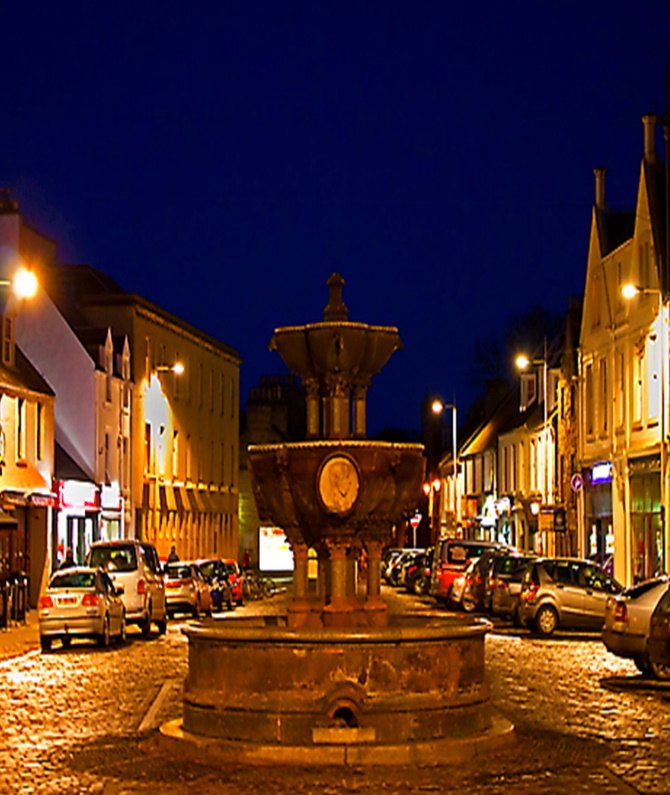
The town is an ancient seat of learning, with all the associated pleasing aesthetics that lend such places their unique character. The university now boasts Prince William and Kate amongst it’s most recent alumni. Outside of Oxford and Cambridge it is the third oldest university in the English speaking world. Half the population are students, which means it punches well above its weight, and the other half seem to be involved with golf.
St Andrews is compact. The central area falls under the protection of being a ‘conservation area’. This means that everything is close to everything else and from a visitors point of view this means you can walk to just about anywhere you’d need to go within a few minutes. A combination of golf and students have kind of turned this into a description of pubs and restaurants
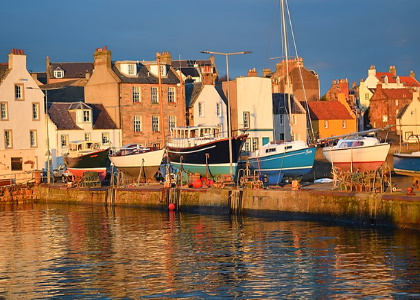
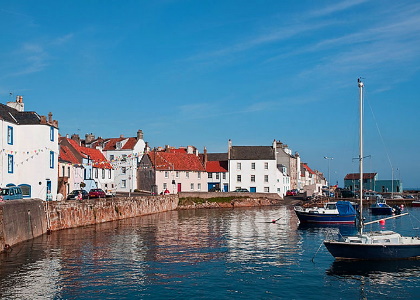

St Andrews Beach
The ruins of St Andrews Castle are situated on a cliff-top to the north of the town. The castle was first erected around 1200 as the residence, prison, and fortress of the bishops of the diocese. Several reconstructions occurred in subsequent centuries, most notably due to damage incurred in the Wars of Scottish Independence.
The castle was occupied, besieged and stormed during The Rough Wooing and was severely damaged in the process.
The majority of the castle seen today dates to between 1549 and 1571, but fell into disrepair over the centuries until such time as it became the atmospheric ruin.
The ruin of greater historical significance lies to the east of the town centre, St Andrew’s Cathedral. This was at one time Scotland’s largest building. St Rule’s Church, to the south-east of the medieval cathedral is said to date from around 1120 and 1150, being the predecessor of the cathedral. The tall square tower, part of the church, was built to hold the relics of St Andrew (Scotland’s patron saint). After the death of Bishop Robert Kennedy (not that one!), a new cathedral began to be built in 1160 by Bishop Arnold (his successor) on a site adjacent to St Rule’s Church. Work on the cathedral was finally completed and consecrated in 1318 by Bishop William de Lamberton with Robert ‘the Bruce’ present at the ceremony.
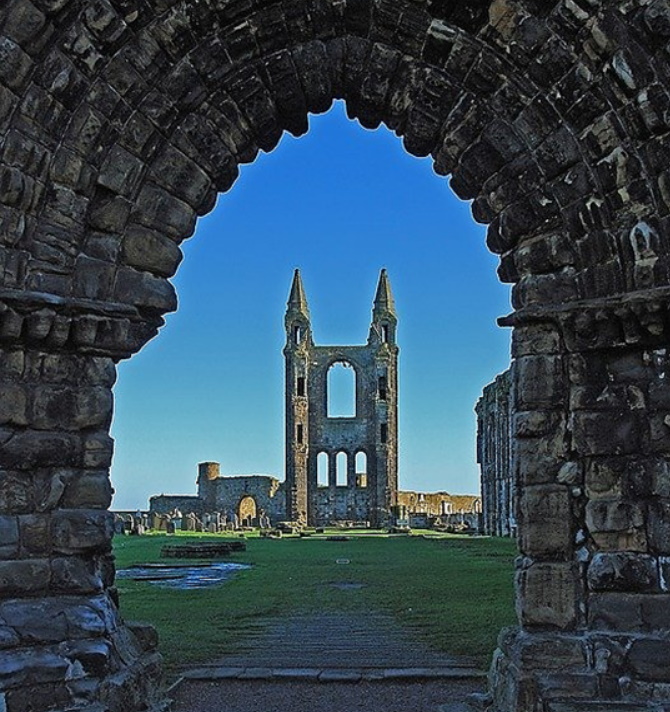
St Andrews Cathedral
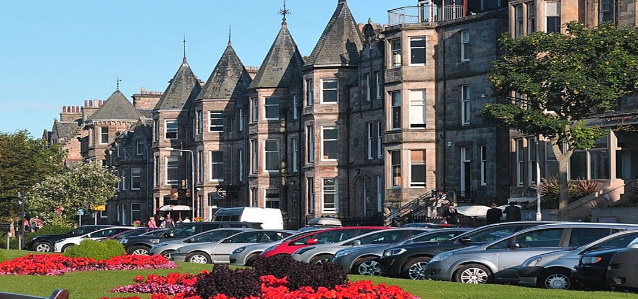
The coastline of the East Neuk of Fife is dotted with charismatic little fishing villages such as Anstruther, Pittenweem and St Monan’s. The most charismatic however is Crail which became a Royal Burgh in 1178 in the reign of King William the Lion. Built around a harbour, Crail has a particular wealth of vernacular buildings from the 17th to early 19th centuries, which has made it a firm favourite amongst artists, and more recently the ‘fresh catch’ has ensured it has been sought out by high-quality chefs where its developed something of niche
The East Neuk villages aren’t necessarily places where you tick off landmarks. It’s not like there’s anything notable ‘to see’. Instead they tend to be places that you gently wander around and soak up. Anstruther is another of note, especially for its legendry fish ‘n’ chips restaurant.
Falkland Palace was originally built as a hunting lodge in the 12th century. This lodge was expanded in the 13th century and became a castle which was owned by the Earls of Fife – the famous Clan MacDuff. In 1402 it became the centre of a power snatch scandal when Robert, Duke of Albany imprisoned his nephew and rival David, Duke of Rothesay, in the Well Tower at Falkland. Between 1501 and 1541 Kings James IV and James V transformed the old castle into a beautiful royal palace: with Stirling Castle it was one of two Renaissance palaces in Scotland. Falkland evolved and became a popular retreat with the Stewart monarchs. Mary Queen of Scots became especially fond of Falkland. During the English Civil War it was occupied by Cromwell’s troops and quickly fell into ruin. In the early 1950s, the 5th Marquis of Bute decided to appoint the National Trust for Scotland to take care of the Palace in a classic trade off of maintenance in return for access.
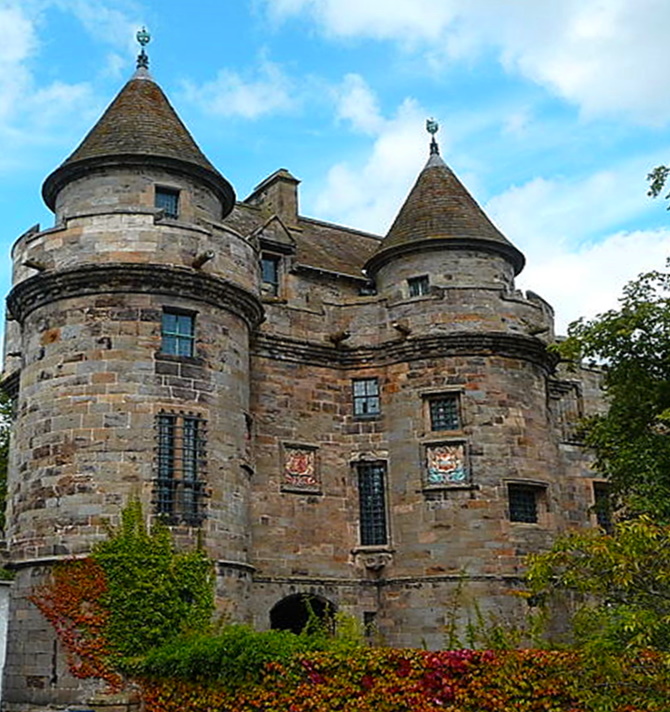
Falkland Palace